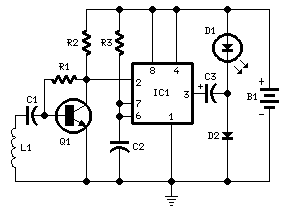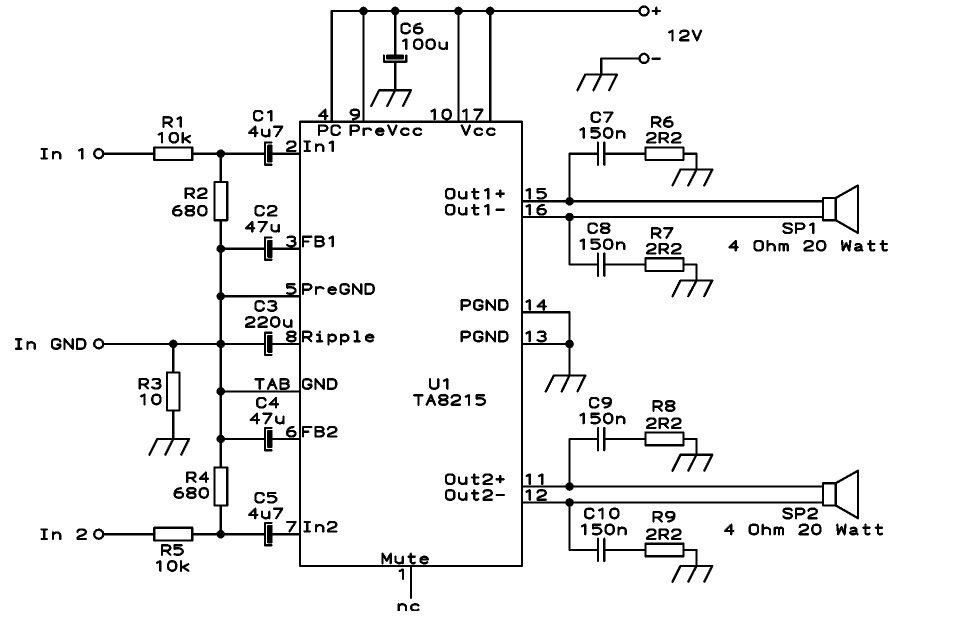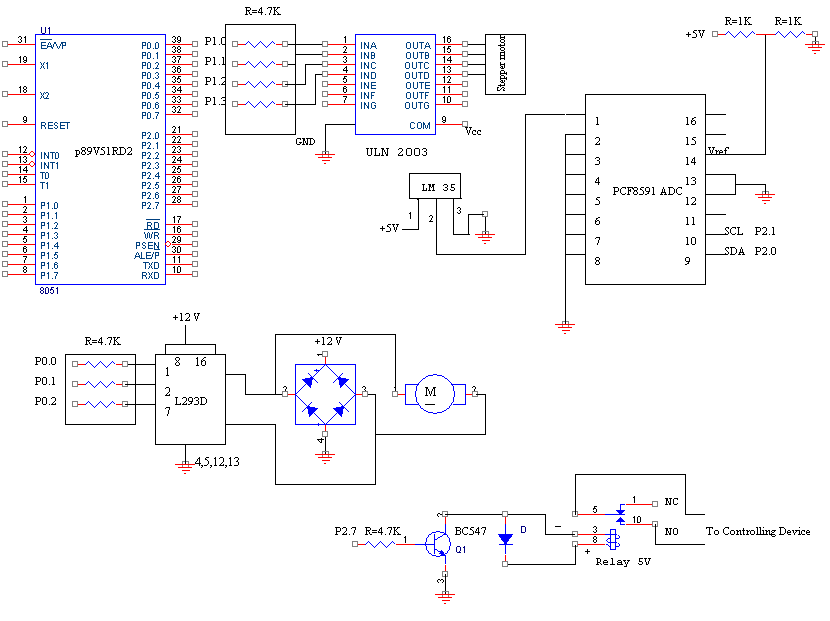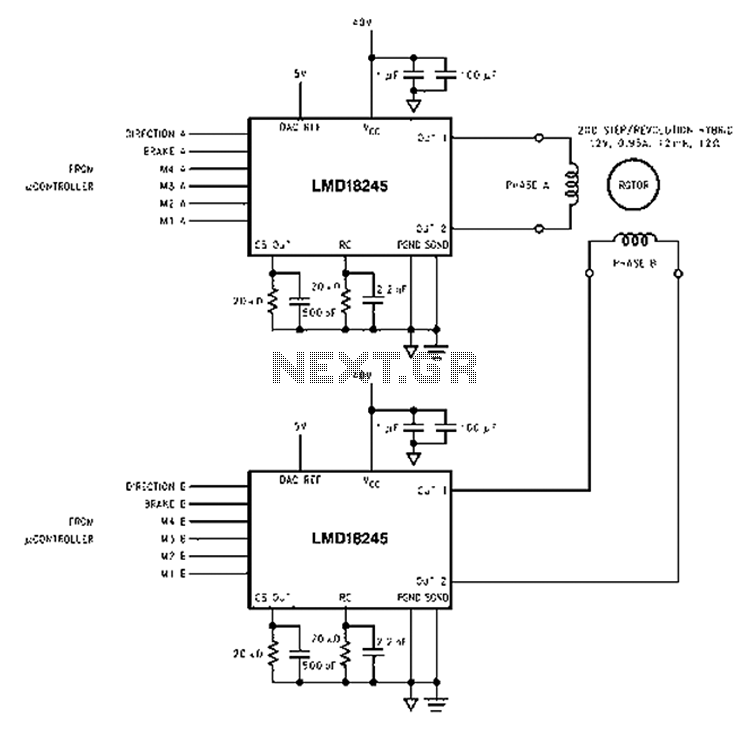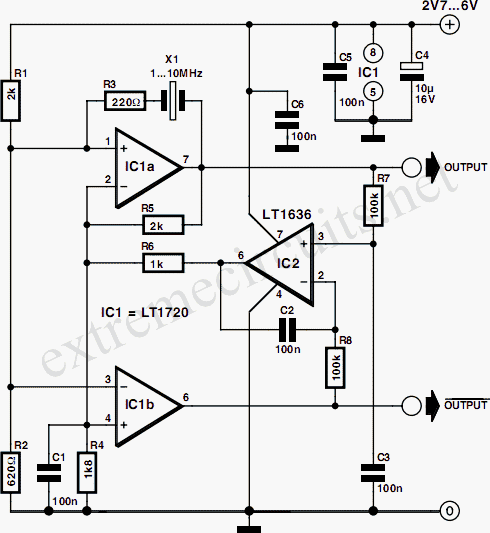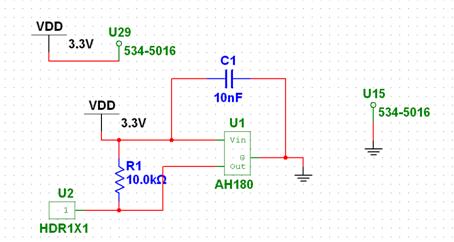
All 7-pin Tube Based Phonostage
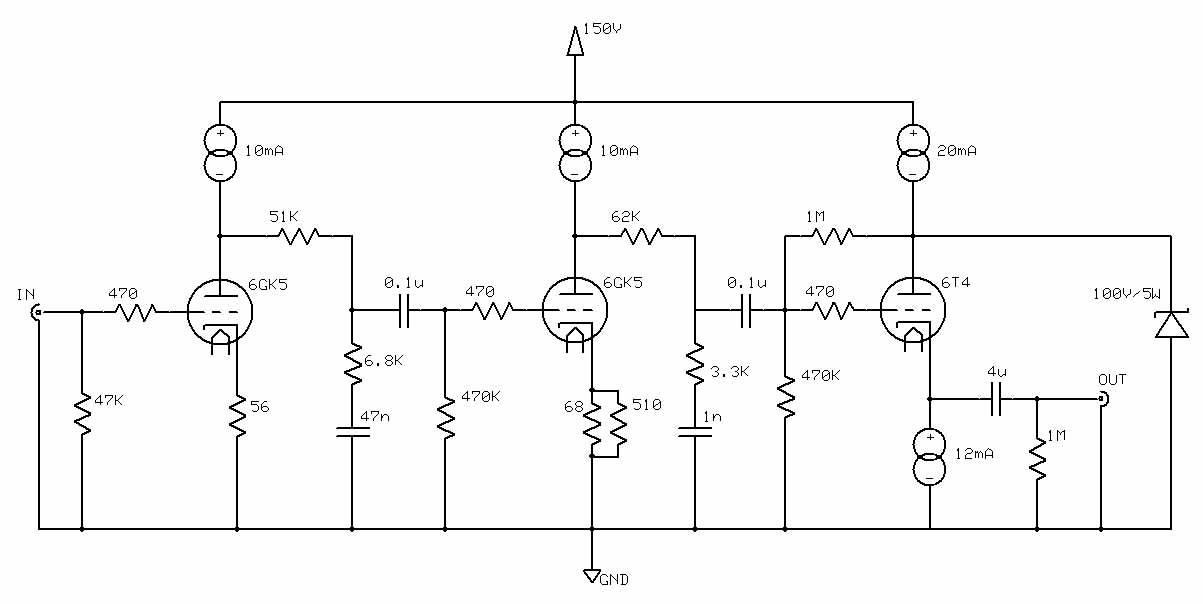
This project originated as an effort to create an inexpensive phono stage for an old turntable equipped with a low-cost cartridge using available components. However, it evolved into a noteworthy project that significantly enhances the overall analog setup. The construction was economical. The filter employed is a conventional split RIAA filter, with calculations performed using Jim Hagerman's calculator (considering the plate resistance). The constant current sources (CCSs) for the plate load were sourced from a DIYAudio group purchase conducted a few years prior. The circuit design is referenced from Morgan Jones and mirrors the configuration utilized in the Bottlehead C4S kit. Additional information regarding the circuit and the general application of CCS can be found on relevant platforms. The CCS in the cathode is an IXYS 10M45, while the raw power supply utilizes a CLC filter, which is effectively isolated from the circuit by the CCSs.
This phono stage circuit is designed to amplify the low-level signals from a turntable cartridge to a level suitable for further processing by a preamplifier or amplifier. The split RIAA filter is crucial for equalizing the frequency response of vinyl records, ensuring that playback accurately reproduces the original audio. The implementation of constant current sources (CCSs) serves to stabilize the operating point of the active devices, enhancing linearity and reducing distortion.
The IXYS 10M45 is a popular choice for CCS applications due to its high output impedance and low noise characteristics, making it ideal for use in audio circuits where fidelity is paramount. The CLC filter in the power supply configuration consists of a capacitor, an inductor, and another capacitor, which together provide effective filtering of power supply noise. This configuration helps maintain a clean power supply voltage, which is essential for optimal circuit performance.
Isolation of the power supply from the audio circuit through the use of CCSs minimizes the potential for power supply noise to interfere with the audio signal, thereby improving the overall sound quality. The design choices reflect a balance of cost-effectiveness and performance, making it a suitable option for enthusiasts looking to enhance their analog audio experience without significant investment.This began as a simple project to build a cheap phono stage for a very old turntable with a cheap cartridge out of parts on hand. However, it turned into a pretty good project that definitely outclasses the rest of my analog setup.
Oh well, at least it was pretty cheap to build. The filter is a pretty standard split RIAA filter. Calculations were done on Jim Hagerman`s handy calculator (don`t forget to account for rp!). The plate load constant current sources (CCSes) are from a DIYAudio group buy from a few years back. The circuit is in Morgan Jones and is the same circuit Bottlehead uses in their C4S kit - you can find more about the circuit, and CCS use in general, elsewhere on this site. The CCS in the cathode is just an IXYS 10M45. The raw power supply is a CLC filter, and is pretty well isolated from the circuit by the CCSes. 🔗 External reference
This phono stage circuit is designed to amplify the low-level signals from a turntable cartridge to a level suitable for further processing by a preamplifier or amplifier. The split RIAA filter is crucial for equalizing the frequency response of vinyl records, ensuring that playback accurately reproduces the original audio. The implementation of constant current sources (CCSs) serves to stabilize the operating point of the active devices, enhancing linearity and reducing distortion.
The IXYS 10M45 is a popular choice for CCS applications due to its high output impedance and low noise characteristics, making it ideal for use in audio circuits where fidelity is paramount. The CLC filter in the power supply configuration consists of a capacitor, an inductor, and another capacitor, which together provide effective filtering of power supply noise. This configuration helps maintain a clean power supply voltage, which is essential for optimal circuit performance.
Isolation of the power supply from the audio circuit through the use of CCSs minimizes the potential for power supply noise to interfere with the audio signal, thereby improving the overall sound quality. The design choices reflect a balance of cost-effectiveness and performance, making it a suitable option for enthusiasts looking to enhance their analog audio experience without significant investment.This began as a simple project to build a cheap phono stage for a very old turntable with a cheap cartridge out of parts on hand. However, it turned into a pretty good project that definitely outclasses the rest of my analog setup.
Oh well, at least it was pretty cheap to build. The filter is a pretty standard split RIAA filter. Calculations were done on Jim Hagerman`s handy calculator (don`t forget to account for rp!). The plate load constant current sources (CCSes) are from a DIYAudio group buy from a few years back. The circuit is in Morgan Jones and is the same circuit Bottlehead uses in their C4S kit - you can find more about the circuit, and CCS use in general, elsewhere on this site. The CCS in the cathode is just an IXYS 10M45. The raw power supply is a CLC filter, and is pretty well isolated from the circuit by the CCSes. 🔗 External reference
Warning: include(partials/cookie-banner.php): Failed to open stream: Permission denied in /var/www/html/nextgr/view-circuit.php on line 713
Warning: include(): Failed opening 'partials/cookie-banner.php' for inclusion (include_path='.:/usr/share/php') in /var/www/html/nextgr/view-circuit.php on line 713
